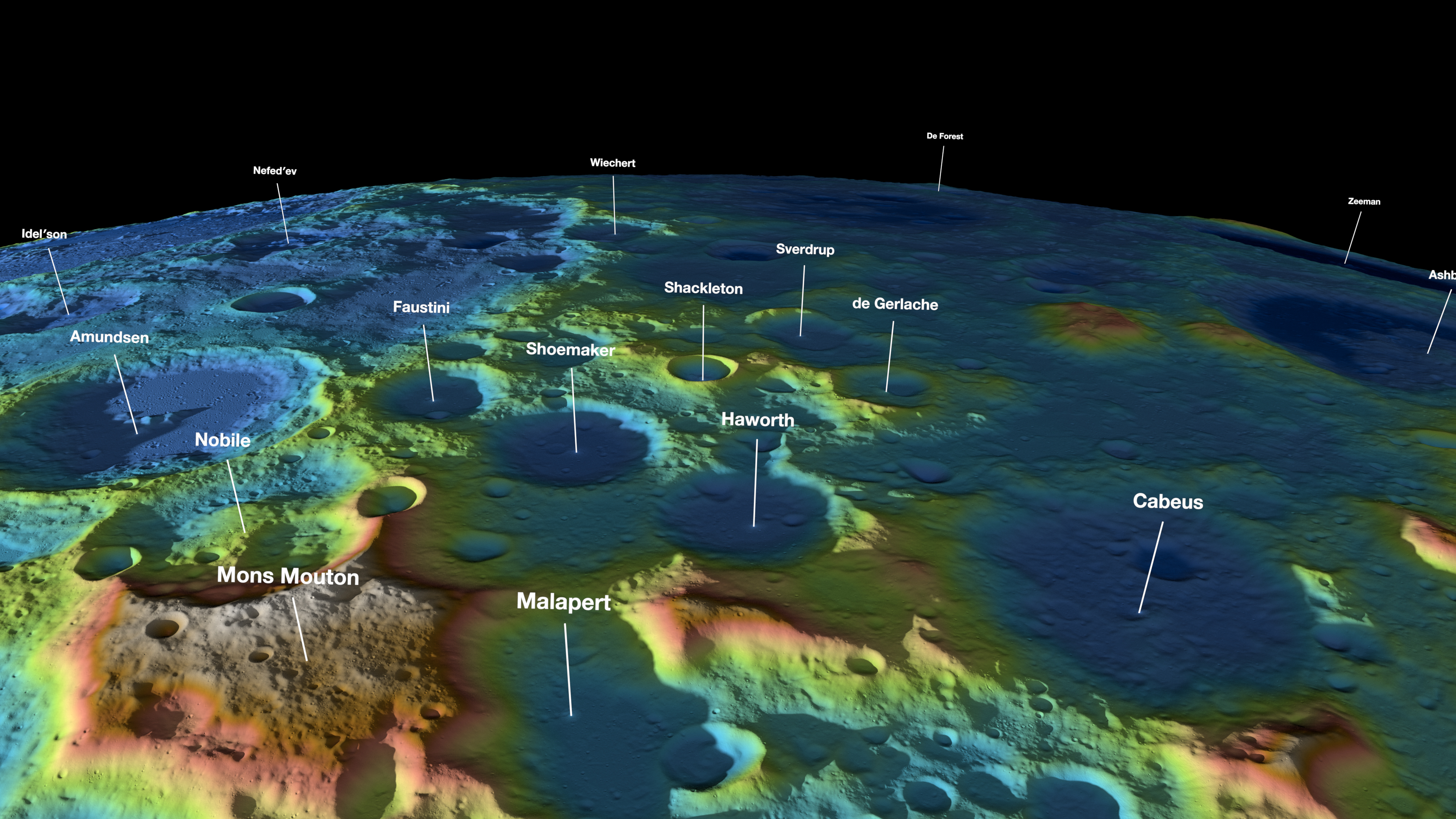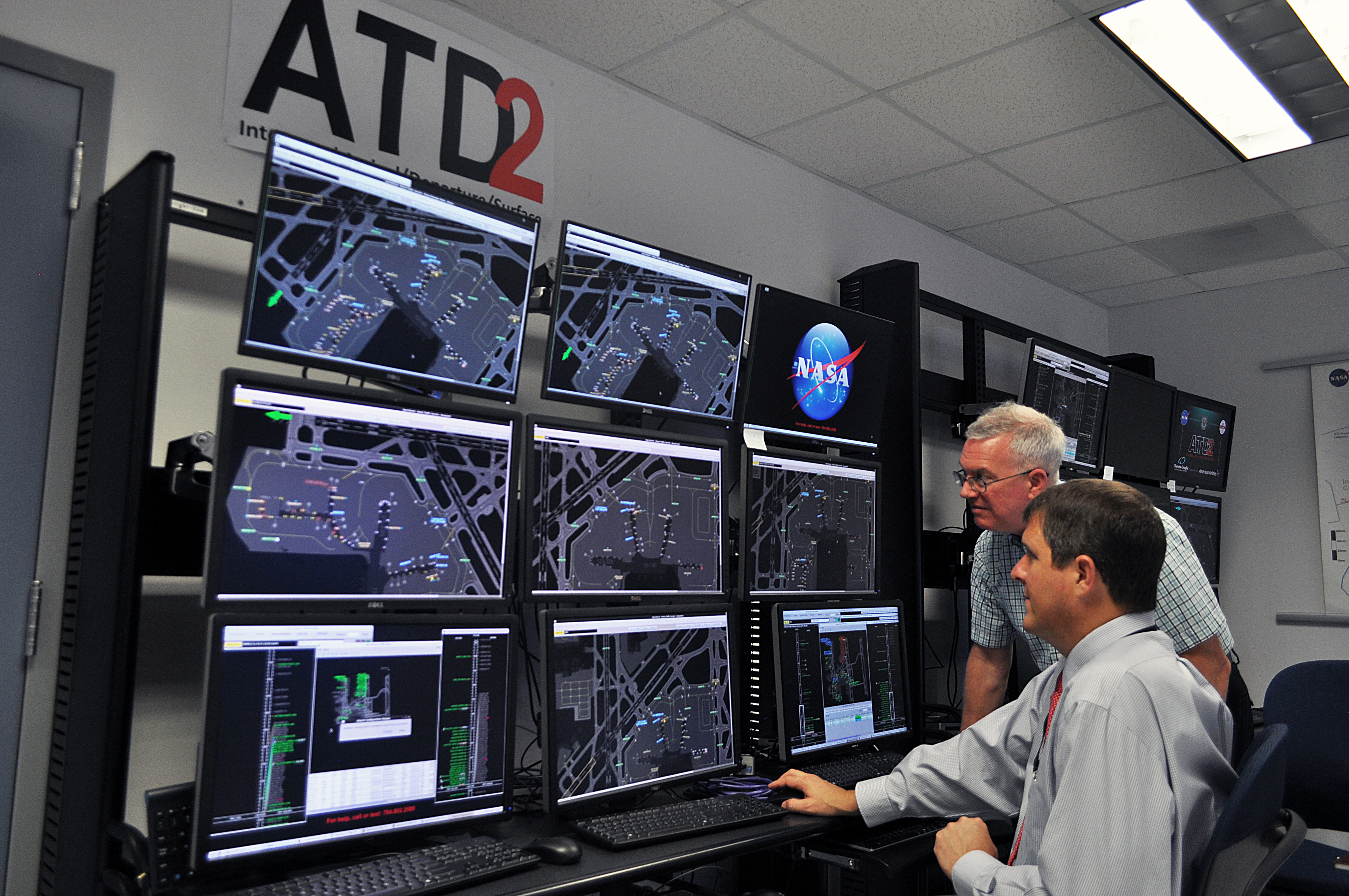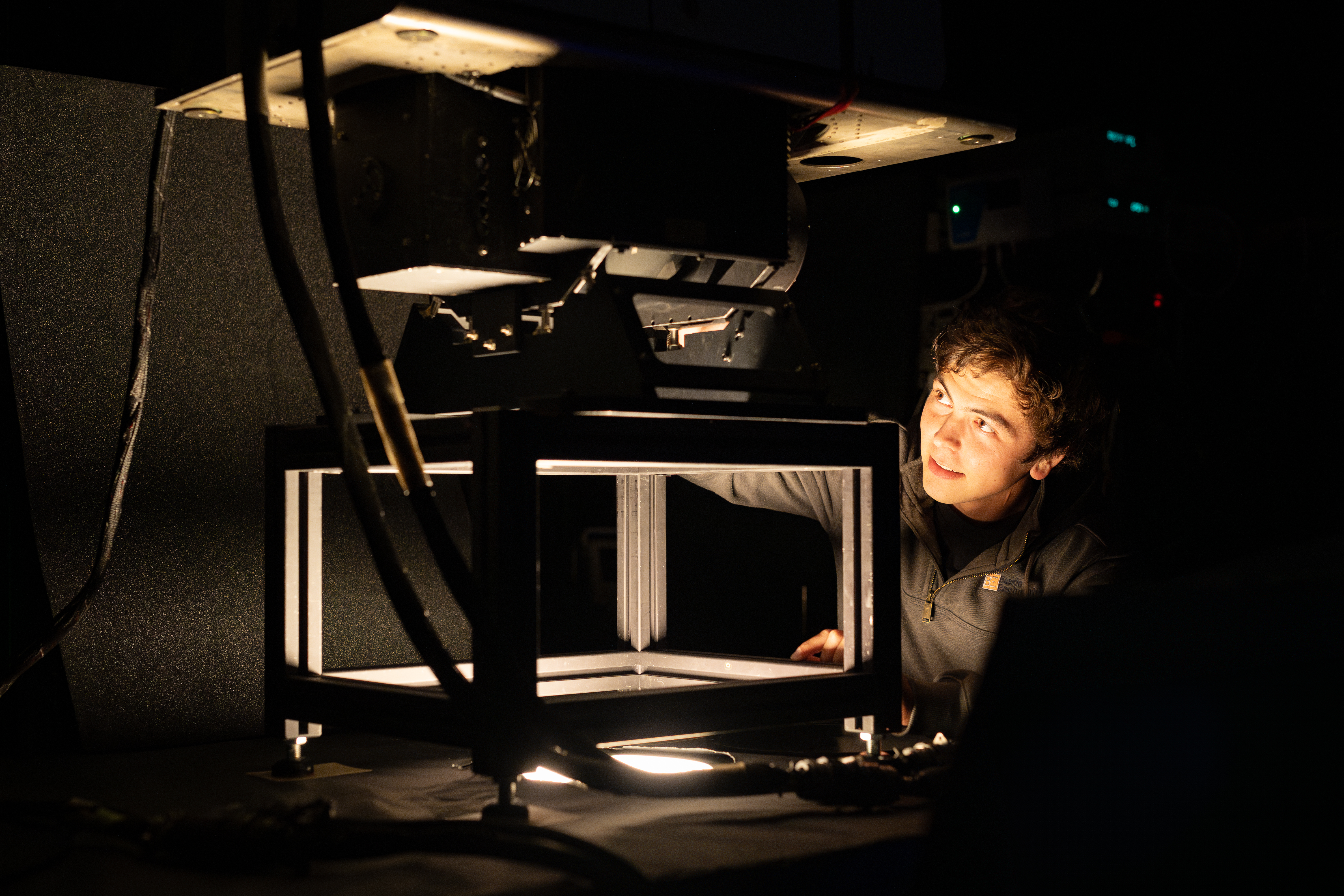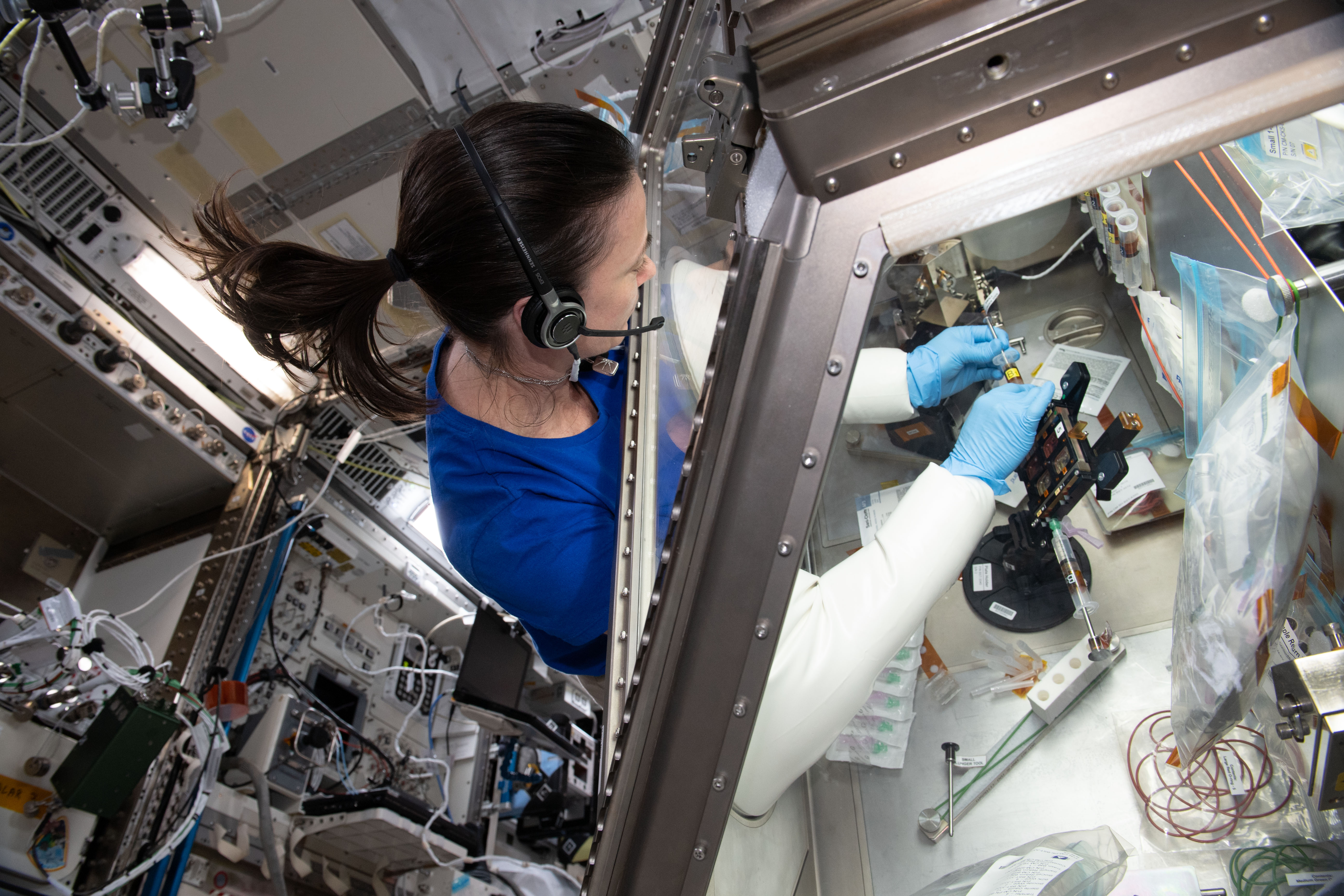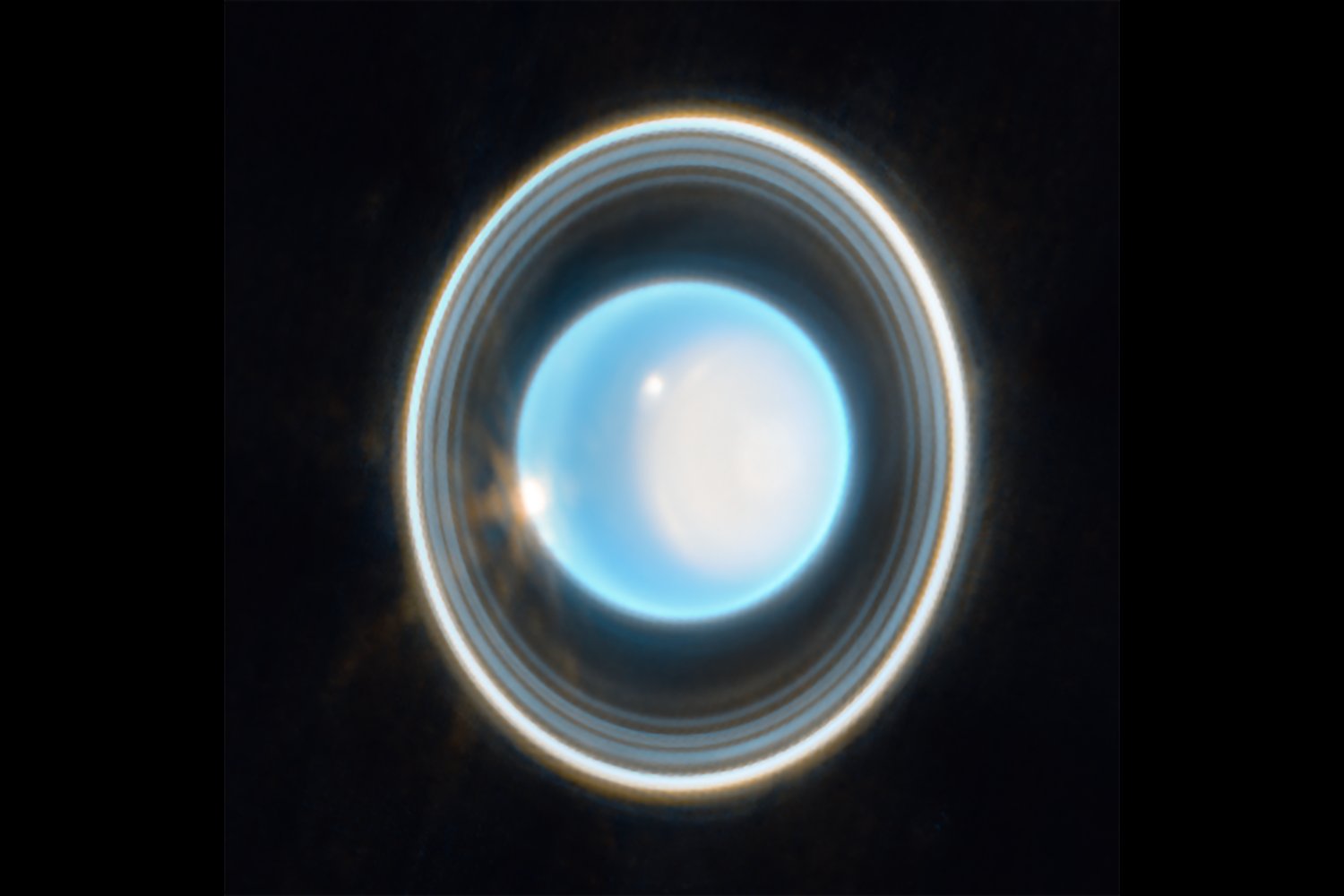
The successful test of SpaceX’s Starship launch vehicle, following a series of engineering challenges and failed launches, has reignited excitement over the possibilities this massive rocket may unlock for humanity’s greatest ambitions in space. The largest rocket ever built, Starship and its 33-engine “super heavy” booster completed a full launch into Earth orbit on Aug. 26, deployed eight test prototype satellites, and survived reentry for a simulated landing before coming down, mostly intact, in the Indian Ocean. The 400-foot rocket is designed to carry up to 150 tons of cargo to low Earth orbit, dramatically increasing potential payload volume from rockets currently in operation. In addition to the planned Artemis III mission to the lunar surface and proposed missions to Mars in the near future, Starship also poses an opportunity for large-scale scientific missions throughout the solar system.
The National Academy of Sciences Planetary Science Decadal Survey published a recommendation in 2022 outlining exploration of Uranus as its highest-priority flagship mission. This proposed mission was envisioned for the 2030s, assuming use of a Falcon Heavy expendable rocket and anticipating arrival at the planet before 2050. Earlier this summer, a paper from researchers in MIT’s Engineering Systems Lab found that Starship may enable this flagship mission to Uranus in half the flight time.
In this 3Q, Chloe Gentgen, a PhD student in aeronautics and astronautics and co-author on the recent study, describes the significance of Uranus as a flagship mission and what the current trajectory of Starship means for scientific exploration.
Q: Why has Uranus been identified as the highest-priority flagship mission?
A: Uranus is one of the most intriguing and least-explored planets in our solar system. The planet is tilted on its side, is extremely cold, presents a highly dynamic atmosphere with fast winds, and has an unusual and complex magnetic field. A few of Uranus’ many moons could be ocean worlds, making them potential candidates in the search for life in the solar system. The ice giants Uranus and Neptune also represent the closest match to most of the exoplanets discovered. A mission to Uranus would therefore radically transform our understanding of ice giants, the solar system, and exoplanets.
What we know about Uranus largely dates back to Voyager 2’s brief flyby nearly 40 years ago. No spacecraft has visited Uranus or Neptune since, making them the only planets yet to have a dedicated orbital mission. One of the main obstacles has been the sheer distance. Uranus is 19 times farther from the sun than the Earth is, and nearly twice as far as Saturn. Reaching it requires a heavy-lift launch vehicle and trajectories involving gravity assists from other planets.
Today, such heavy-lift launch vehicles are available, and trajectories have been identified for launch windows throughout the 2030s, which resulted in selecting a Uranus mission as the highest priority flagship in the 2022 decadal survey. The proposed concept, called Uranus Orbiter and Probe (UOP), would release a probe into the planet’s atmosphere and then embark on a multiyear tour of the system to study the planet’s interior, atmosphere, magnetosphere, rings, and moons.
Q: How do you envision your work on the Starship launch vehicle being deployed for further development?
A: Our study assessed the feasibility and potential benefits of launching a mission to Uranus with a Starship refueled in Earth’s orbit, instead of a Falcon Heavy (another SpaceX launch vehicle, currently operational). The Uranus decadal study showed that launching on a Falcon Heavy Expendable results in a cruise time of at least 13 years. Long cruise times present challenges, such as loss of team expertise and a higher operational budget. With the mission not yet underway, we saw an opportunity to evaluate launch vehicles currently in development, particularly Starship.
When refueled in orbit, Starship could launch a spacecraft directly to Uranus, without detours by other planets for gravity-assist maneuvers. The proposed spacecraft could then arrive at Uranus in just over six years, less than half the time currently envisioned. These high-energy trajectories require significant deceleration at Uranus to capture in orbit. If the spacecraft slows down propulsively, the burn would require 5 km/s of delta v (which quantifies the energy needed for the maneuver), much higher than is typically performed by spacecraft, which might result in a very complex design. A more conservative approach, assuming a maximum burn of 2 km/s at Uranus, would result in a cruise time of 8.5 years.
An alternative to propulsive orbit insertion at Uranus is aerocapture, where the spacecraft, enclosed in a thermally protective aeroshell, dips into the planet’s atmosphere and uses aerodynamic drag to decelerate. We examined whether Starship itself could perform aerocapture, rather than being separated from the spacecraft shortly after launch. Starship is already designed to withstand atmospheric entry at Earth and Mars, and thus already has a thermal protection system that could, potentially, be modified for aerocapture at Uranus. While bringing a Starship vehicle all the way to Uranus presents significant challenges, our analysis showed that aerocapture with Starship would produce deceleration and heating loads similar to those of other Uranus aerocapture concepts and would enable a cruise time of six years.
In addition to launching the proposed spacecraft on a faster trajectory that would reach Uranus sooner, Starship’s capabilities could also be leveraged to deploy larger masses to Uranus, enabling an enhanced mission with additional instruments or probes.
Q: What does the recent successful test of Starship tell us about the viability and timeline for a potential mission to the outer solar system?
A: The latest Starship launch marked an important milestone for the company after three failed launches in recent months, renewing optimism about the rocket’s future capabilities. Looking ahead, the program will need to demonstrate on-orbit refueling, a capability central to both SpaceX’s long-term vision of deep-space exploration and this proposed mission.
Launch vehicle selection for flagship missions typically occurs approximately two years after the official mission formulation process begins, which has not yet commenced for the Uranus mission. As such, Starship still has a few more years to demonstrate its on-orbit refueling architecture before a decision has to be made.
Overall, Starship is still under development, and significant uncertainty remains about its performance, timelines, and costs. Even so, our initial findings paint a promising picture of the benefits that could be realized by using Starship for a flagship mission to Uranus.




